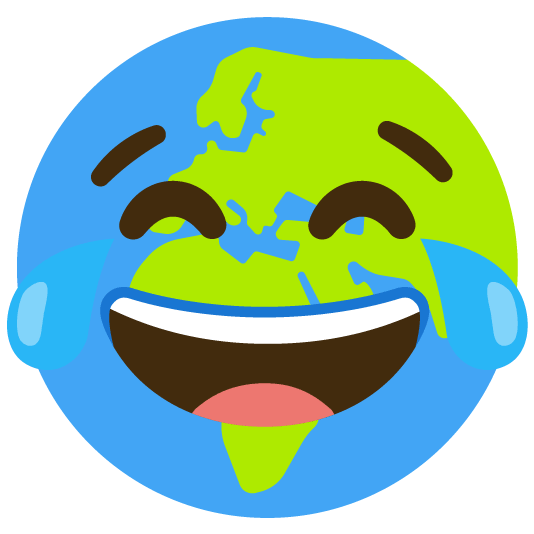
Drawing Watershed Boundaries When we talk about the hydrologic cycle and the water budget, we typically talk about these things in terms of watersheds. So first you should know what a watershed is.
Watersheds are topographically defined areas –something like bowls. What we mean by that is that a watershed is separated from neighboring watersheds by high points on the landscape. You can think of a watershed as an area that, if precipitation falling into it was not evaporated back to the atmosphere and did not infiltrate into the soil, all of the water in the watershed would run downhill to the same stream. Delineating watershed boundaries. All watershed delineation means is that you're drawing lines on a map to identify a watershed's boundaries. These are typically drawn on topographic maps using information from contour lines. Contour lines are lines of equal elevation, so any point along a given contour line is the same elevation.
Watershed demarcation. Topographic Map. Soi topo sheet
Vineesh V
Assistant Professor of Geography,
Government College Chittur, Palakkad
Government of Kerala.
https://vineesh-geography.business.site
Assistant Professor of Geography,
Government College Chittur, Palakkad
Government of Kerala.
https://vineesh-geography.business.site
Comments
Post a Comment